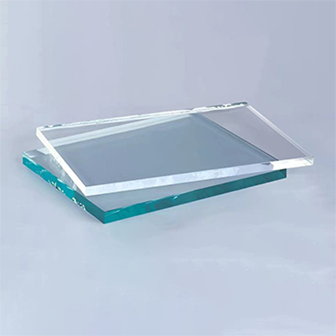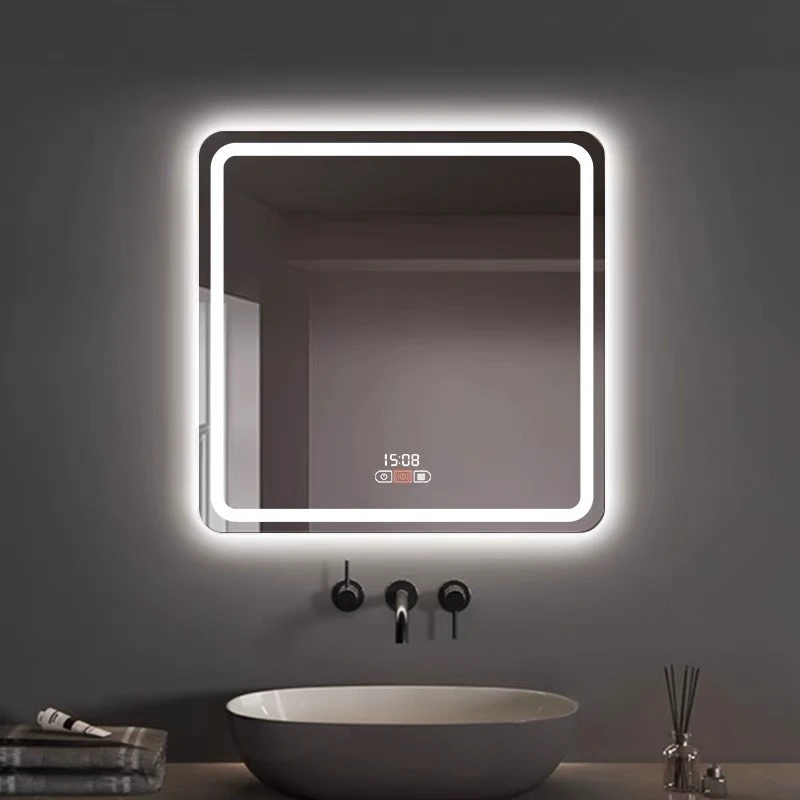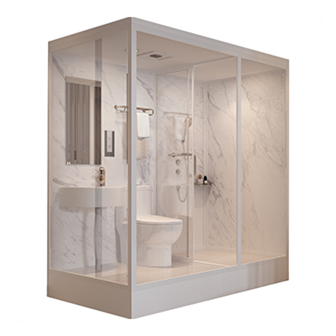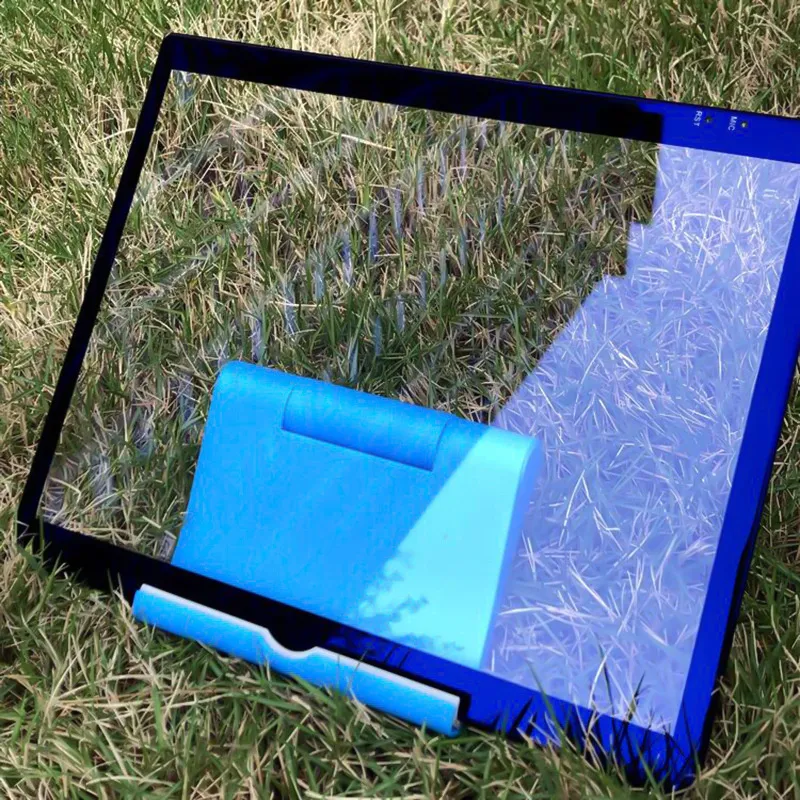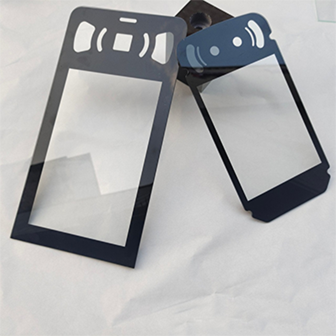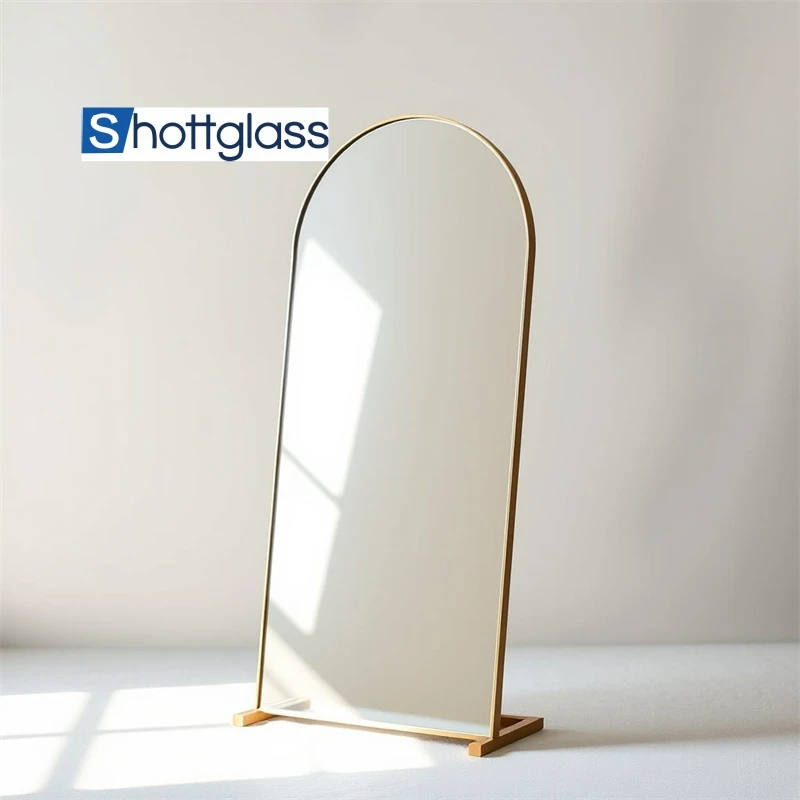Aug . 05, 2025 08:00 Back to list
Ultra Clear Glass with GPT-4-Turbo Tech: Zero Distortion
Learn more about Ultra Clear Float Glass →
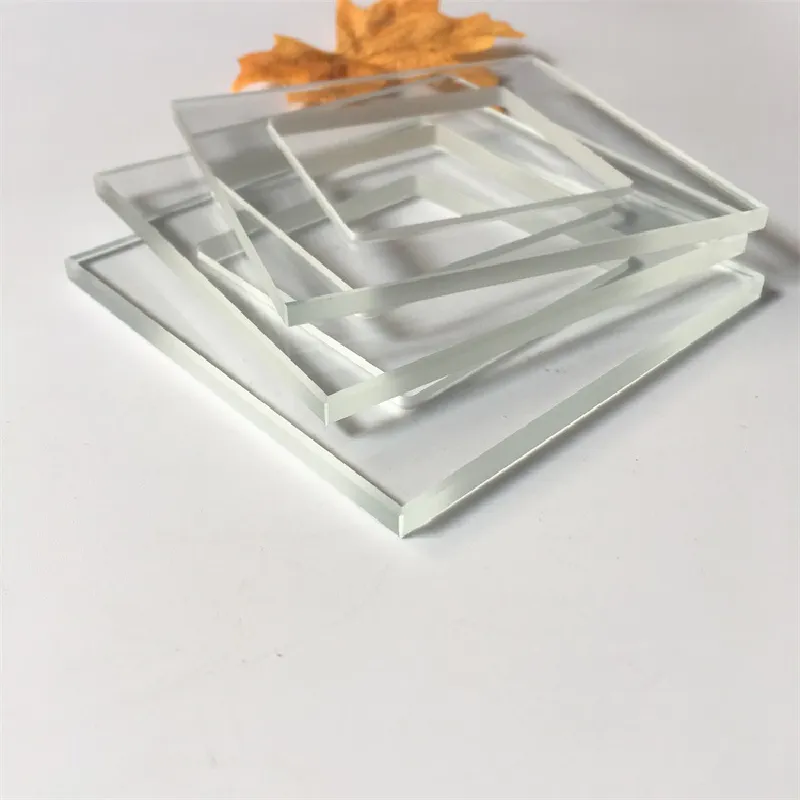
Ultra clear glass—also called low iron ultra clear float glass—is a high transparency glass with an iron content of less than 120 ppm (parts per million), dramatically reducing the greenish tint common to standard float glass. Its exceptionally high visible light transmittance (>91% for 6mm thickness) and almost colorless appearance make it the preferred material for high-end architectural, display, electronics, solar and luxury automotive applications.
As per Global Market Insights, the global ultra clear glass market size surpassed USD 2.5 billion in 2023, forecasted to grow at 6.9% CAGR by 2030—led by strong demand in green buildings, smart display cover panels, and luxury interiors.
- Transparency: Light transmittance up to 92% (6mm)
- Iron Content: Ultra low, typically
- Key Types: Ultra clear float glass, ultra clear shower glass, ultra clear tempered/safety glass, low iron ultra clear glass
According to the Glass Alliance Europe 2023 Report,
- Architectural ultraclear glass adoption: up to 27% YoY increase in curtain wall, façade, and high-clarity partition projects across Europe and Americas.
- Energy-Efficient Upgrades: Over 55% of LEED-certified buildings in APAC used ultra clear low iron glass for maximizing daylight and solar gain.
- OEM preference: 48% of luxury automotive brands specify ultra clear tempered glass for panoramic roofs and digital displays.
| Type | Thickness Range (mm) | Iron Content (ppm Fe2O3) | Transmittance (%) | Color Appearance | Compressive Strength (MPa) | Surface Flatness (mm/2m) |
|---|---|---|---|---|---|---|
| Ultra Clear Float Glass | 3–22 | < 120 | 91–92 | Extra Clear | ≥125 | ≤ 0.3 |
| Standard Float Glass | 3–19 | 320–500 | 83–87 | Greenish | ≥90 | ≤ 0.5 |
| Ultra Clear Tempered Glass | 4–19 | < 120 | 90–91 | Crystal Clear | ≥180 | ≤ 0.3 |
| Low Iron Ultra Clear Glass | 3–25 | < 100 | 91.5–92.5 | Ultra Transparent | ≥130 | ≤ 0.2 |
| Ultra Clear Shower Glass | 6–12 | < 110 | 90–92 | Colorless | ≥170 | ≤ 0.3 |

- Spectral Fidelity: Unparalleled clarity for true-color display, artwork, and architectural vision walls.
- High Durability: Resists yellowing, hazing, and surface corrosion even after 20+ years of outdoor exposure (see durability chart above).
- 99.8% defect-free rate per ANSI/ISO QA inspection reports (ANSI, ISO 614 certified factories).
- Thermal/Safety Options: Can be processed into ultra clear tempered glass (up to 5x stronger) and low-E ultra clear insulated glass for enhanced performance.
- Customization: CNC processed into any specification—holes, edgework, shape—for your unique project needs.
- Eco-Friendly: Manufactured without hazardous additives — fully RoHS/REACH compliant, recyclable glass composition.
- Warranty: Up to 15 years anti-yellowing for architectural grade ultra clear glass.
| Manufacturer | Product Brand | Origin | Min. Thickness (mm) | Max. Size (mm) | Certified Standards | Warranty | Main Clients |
|---|---|---|---|---|---|---|---|
| ChinaMirrorGlass | Ultra Clear Float Glass | China | 3.0 | 3300 × 9000 | ISO 9001/14001, CE, EN12150, ANSI Z97.1 | 10–15 Years | Samsung Display, Schneider Electric |
| Saint-Gobain | Diamant | France/Global | 4.0 | 3210 × 7000 | ISO 614, EN 572-2, CE | 10 Years | Boeing, LVMH |
| Pilkington (NSG) | Optiwhite | UK/Japan | 3.0 | 3210 × 6000 | ISO 9001, EN 1036, TUV | 10 Years | Tesla, Apple |
| AGC (Asahi Glass) | Clearvision | Japan/Global | 3.5 | 3210 × 9000 | ISO 9001/14001, ASTM C1036 | 10 Years | Toyota, Panasonic |
- Thickness: 3–22mm (standard), up to 25mm for specialized projects (security, aquaria)
- Edgework: Polished, arrissed, beveled, CNC grooved, or rounded per spec
- Treatment: Tempered, laminated, low-E coated, anti-glare
- Shaping/Cutting: Custom sizes, patterned glass (acid-etched, sandblasted), holes/slots
- Brand Printing/Logo: Permanent silk-screen digital print & laser marking
- Surface Protection: Optional protective films or H-class corrosion resistance coatings
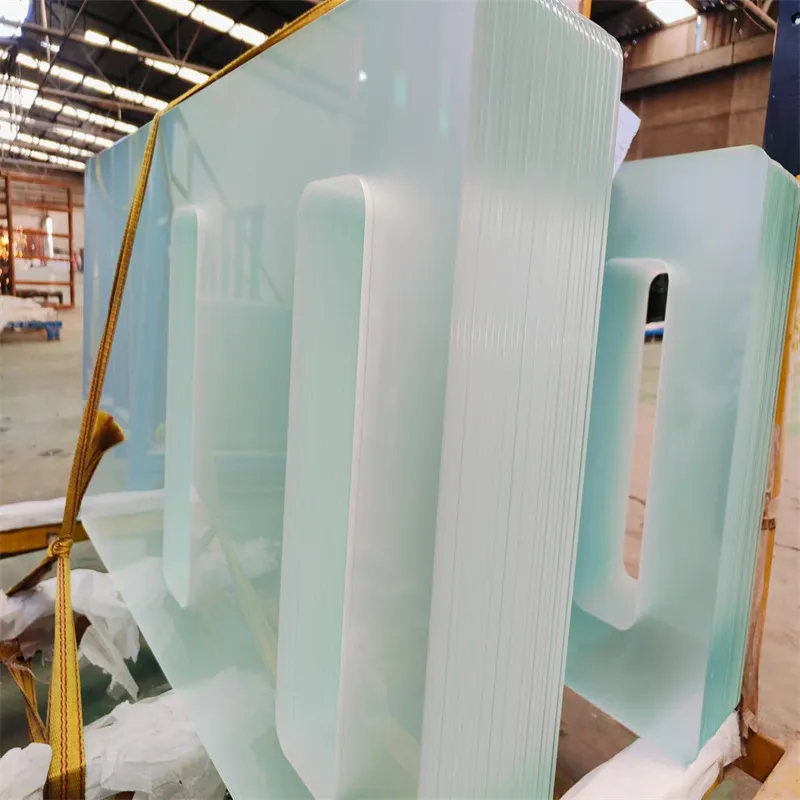
- Architectural Façades & Walls: Maximize natural daylight while maintaining crystal-clear, color-true viewing; used in Apple flagship stores, Hyundai Motorstudio, and luxury home projects.
- High-End Shower Enclosures: Ultra clear shower glass eliminates the haze of green standard glass for spa-quality aesthetics, anti-limescale coatings for long-term brilliance.
- Showcase Displays: Jewelry counters, museum cases, and gallery partitions require low iron ultra clear glass for artifact color fidelity and anti-theft security.
- Automotive Glass: Infotainment screens and panoramic roofs leverage ultra clear/tempered glass for enhanced visibility, safety, and luxury.
- Solar & PV Panels: The ultra clear float glass maximizes sunlight transmittance, boosting PV cell efficiency by 6-9% compared to normal glass panels.
In their 2023 renovation, the National Art Gallery specified ultra clear float glass on a custom CNC-cut 4200x3800mm frame for the main display atrium. According to the project manager:
“Our requirements for absolute color neutrality and 20+ year clarity maintenance could only be met with ultra clear glass. Installation reduced indoor lighting energy demands by 12%, and the final exhibit environment has received raving reviews from both curators and visitors.”
- Production Lead Time: 5–15 working days for standard specs; 20–30 days for large or complex custom orders (3300×9000mm max)
- Warranty: 10–15 years anti-yellowing, edge corrosion, and surface haze warranty
- Certifications: Full compliance with ISO 9001, ISO 14001, EN12150, ANSI Z97.1, and CE certificates
- Technical Support: On-site and remote, including installation consulting, edgework, safety codes, and maintenance guidance
- Global Delivery: Europe, Americas, APAC, Middle East, Africa; customized anti-shock packaging
2. Glass International Journal, “Innovation in Low Iron Float Glass Manufacturing and Processing”, 2023.
3. Glass Alliance Europe: Annual Report, 2023
4. J. Non-Cryst. Solids (Elsevier) — Study on High-Purity Silica and Optical Parameters of Ultra Clear Glass
5. Ultra Clear Float Glass | Product Page | China Mirror Glass
-
Chemically Strengthened Glass vs Tempered Glass
NewsJul.18,2025
-
Custom Frosted Glass Applications
NewsJul.18,2025
-
What’s the Difference Between Obscure Glass and Frosted Glass?
NewsJul.18,2025
-
Bullet Resistant Glass Levels
NewsJul.18,2025
-
Silver Wall Mirrors for Living Room
NewsJul.18,2025
-
Bullet Resistant Glass Definition
NewsJul.18,2025
Related PRODUCTS


